Ultimate Manufacture

The worsted system produces smoother yarns and ultimately smoother fabrics, which are used to make such clothing items as classical suits, underwear and base layers, sportswear, socks, uniforms and sweaters which have a smooth appearance.
Worsted products generally have a smooth surface appearance. To produce these products, fleece from the main body (back and sides) of a sheep is used. This portion of wool is longer in terms of its fibre length in comparison to wool known as pieces or locks, which is shorn from the under-body of the sheep and around the legs and rear, tending to have a shorter fibre length.
Immediately after shearing, the long fleece wool is separated from the shorter wool. Although blending may take place, the longer fleece wools are processed through the worsted system, whereas the short wools are used to produce woollen-spun products, through the woollen system. It is the use of longer wools in the worsted system which enables smooth yarns and fabrics to be made.
Wool is treated using a small amount of Chlorine followed by the application of a resin which encapsulates the scale structure of each wool fibre, thus eliminating any propensity for felting shrinkage. The machine washable finish is permanent and cannot be removed by either mechanical or chemical means.
In addition to rendering the wool free from any potential for felting the machine washable treatment also enhances both softness and brightness of the wool fibre.
Machine Washable (Superwash) treated wool is used to make machine washable knitted products which meet Woolmark Standards for Machine washable (Test Method 31) or Total Easy Care (Test Method 31/254).
Scouring – Greasy wool contains large sums of contaminants. Before it can be used as a textile, the contaminants must be removed by scouring (washing).
Making-up – The process by which individual components of a garment are assembled and sewn together, considering customer satisfaction and the product’s value.
Top-Making – Unique to the worsted system, top-making prepares the wool for spinning.
Finishing - Whether it is in woven or knitted form, is a very important and integral step during the manufacturing process.
Spinning - The process by which wool fibre is turned into yarn. During spinning, wool fibres are drawn out and twisted together.
Dyeing and Bleaching – Wool has the natural ability to hold colour in a superb manner, and dyeing wool can be carried out in many stages throughout manufacturing.
Weaving – The process whereby woven fabrics are formed on a loom by the interlacing of warp yarns and weft yarns.
Knitting – The knitting industry can be divided into four sectors. These include fully fashioned, flat-bed, circular knitting and warp knitting.

Our products contain Australian Merino wool, either 100% or in blends with other fibres, wool has many benefits to the wearer

The natural properties of Merino Wool make it one of the best fibre for wearing in different seasons and locations

Advanced technologies applied in this range including: Hydro-duct moisture management technology for extra performance

Please complete the contact form below and one of our representatives will be in touch shortly.
Alternatively, we can be contacted on one of the available telephone numbers.